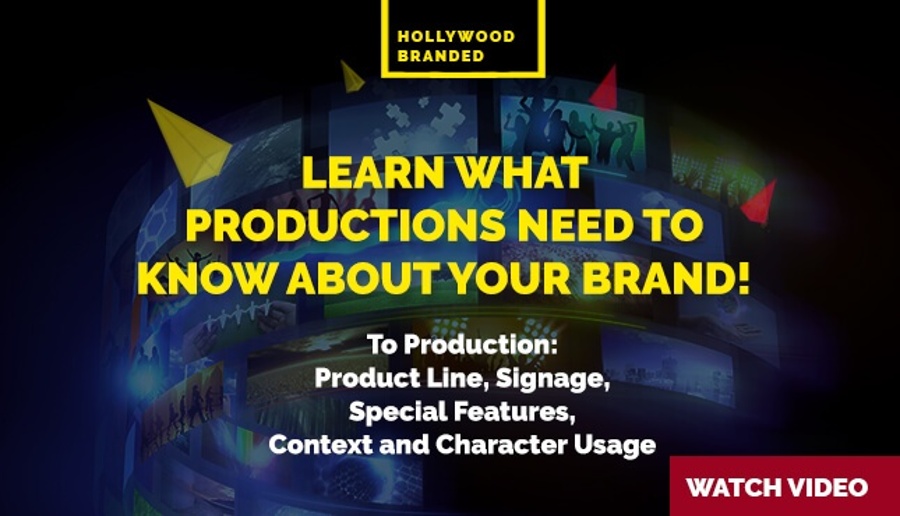Why wicked still hits
Table Of Contents
the symbolism behind oz's most Misunderstood villain
There’s a clear trend happening in entertainment right now - audiences are obsessed with reframed villains. From Joker to Cruella to Disney’s ongoing fascination with misunderstood queens and witches, we’ve collectively decided the “bad guy” deserves a closer look. And long before this movement became a marketing strategy, author Gregory Maguire had already cracked the code with Wicked: The Life and Times of the Wicked Witch of the West.
Most people know Wicked as the Broadway blockbuster full of soaring ballads and green glitter, but the original 1995 novel is something entirely different. It’s weirder. Sharper. More political. And honestly, way more interesting from a branding-and-storytelling lens. Maguire takes a character who barely had a backstory in the original Wizard of Oz and rebuilds her into a fully realized person struggling against the narratives forced on her. It’s basically a masterclass in reframing perception - something every brand, studio, and storyteller deals with daily. In this article, Hollywood Branded digs into why the book still resonates and what its symbolism reveals about the stories we choose to believe.

the green-skinned girl who never stood a chance
Elphaba’s green skin is the novel’s most obvious symbol, and it works because it immediately marks her as “other.” From the moment she’s born, people treat her as strange, suspicious, or outright dangerous. It’s a pointed reminder that society loves quick labels, and those labels tend to stick, no matter the truth.
Maguire uses her appearance the way modern storytellers use archetypes. Think about how easily a character (or even a public figure) gets boxed into a narrative based on the simplest visual cues. Green skin in Oz. Tattoos in an action film. A hoodie in a courtroom sketch. The judgments come first, the story second.

the wizard and the power of pr spin
One of the book’s most biting shifts is how it reframes the Wizard. In the film version, he’s quirky and harmless. In the novel, he’s closer to an authoritarian politician managing Oz with propaganda, surveillance, and a very selective truth.
It’s uncomfortable because it’s familiar. Maguire paints a world where the people in charge decide who the “enemy” is. And once that story catches on, good luck breaking out of the role.
From a brand perspective, this is a perfect case study. Narratives aren’t neutral. Someone always benefits from shaping public perception. When a brand faces a backlash or a celebrity gets labeled “difficult,” it’s often less about reality and more about whoever controls the microphone.
Elphaba never controls it. The Wizard does.
talking animals and the cost of silenced voices
Another powerful symbol in the book is the treatment of Animals (capital A), who can speak, teach, and participate in society - until they can’t. Slowly, systematically, the Wizard’s regime strips them of rights and voice.
It’s one of the darker parts of the novel, but it drives home the idea that losing agency rarely happens all at once. It erodes. It’s taken piece by piece.
In a real-world context, this echoes conversations about marginalized communities whose stories don’t get platformed, acknowledged, or protected. It’s a smart use of fantasy to echo real social dynamics in a way that feels pointed without ever feeling heavy-handed.

destiny, labels, and the myth of "evil"
A throughline in the book is Elphaba’s internal tug-of-war with the idea of destiny. Is she wicked because of her actions, or because everyone already decided she was?
That question sits at the heart of the story, and it’s what makes the novel feel surprisingly modern. We’ve seen actors, brands, and even fictional characters get boxed into identities created by someone else, and once the narrative calcifies, it becomes almost impossible to shake.
Brands trying to pivot or reintroduce themselves deal with this constantly. Reinvention doesn’t happen just because you say it does. It happens when the audience sees you differently.
Elphaba never gets that chance. And that’s what makes her compelling.

what wicked can teach us about storytelling today
Here’s the real reason Wicked endures: it understands that perception shapes everything.
The novel doesn’t just retell Oz. It challenges the authority behind the original story. It asks what happens when a narrative is incomplete, or biased, or convenient. And more importantly, it shows how a single shift in perspective can flip a villain into a protagonist.
Sound familiar? It’s the same formula behind:
- nostalgic franchise reboots
- celebrity image turnarounds
- brand repositioning strategies
- and the recent wave of villain origin stories
This idea - reframing the lens - is one of the most valuable tools in modern entertainment marketing.
When you shift the narrative, everything changes
a story that feels even more relevant now
With the Wicked feature films landing in a world hungry for nuance, this story feels less like a '90s reinvention and more like a blueprint for how culture processes heroes and villains today. We don’t crave perfection. We crave context. We crave the story underneath the story.
That’s why Maguire’s version of Oz still sticks: it’s messy, political, empathetic, and skeptical of surface-level narratives. And in an industry built on perception, that message hits closer to home than ever.
In the end, Wicked works because it refuses to accept the story at face value. It reminds us that every “villain” has a whole life off-screen, every narrative has a narrator, and every cultural moment is shaped by who gets to tell the tale. That’s why the novel still feels sharp today. It pushes us to question the simple versions of complex stories, whether they show up in entertainment, branding, or the broader pop culture conversation.
If you want to dig deeper into how storytelling shapes perception, we’ve got a lot more to share. Check out some of our previous articles.
- Transmedia Storytelling As A Marketing Tactic
- The Importance of Strategic Storytelling With Lynne Golodner
- How TV Characters Are Revolutionizing Commercials
- How To Utilize Branded Content To Tell A Story
- The Psychology Behind Product Placement








